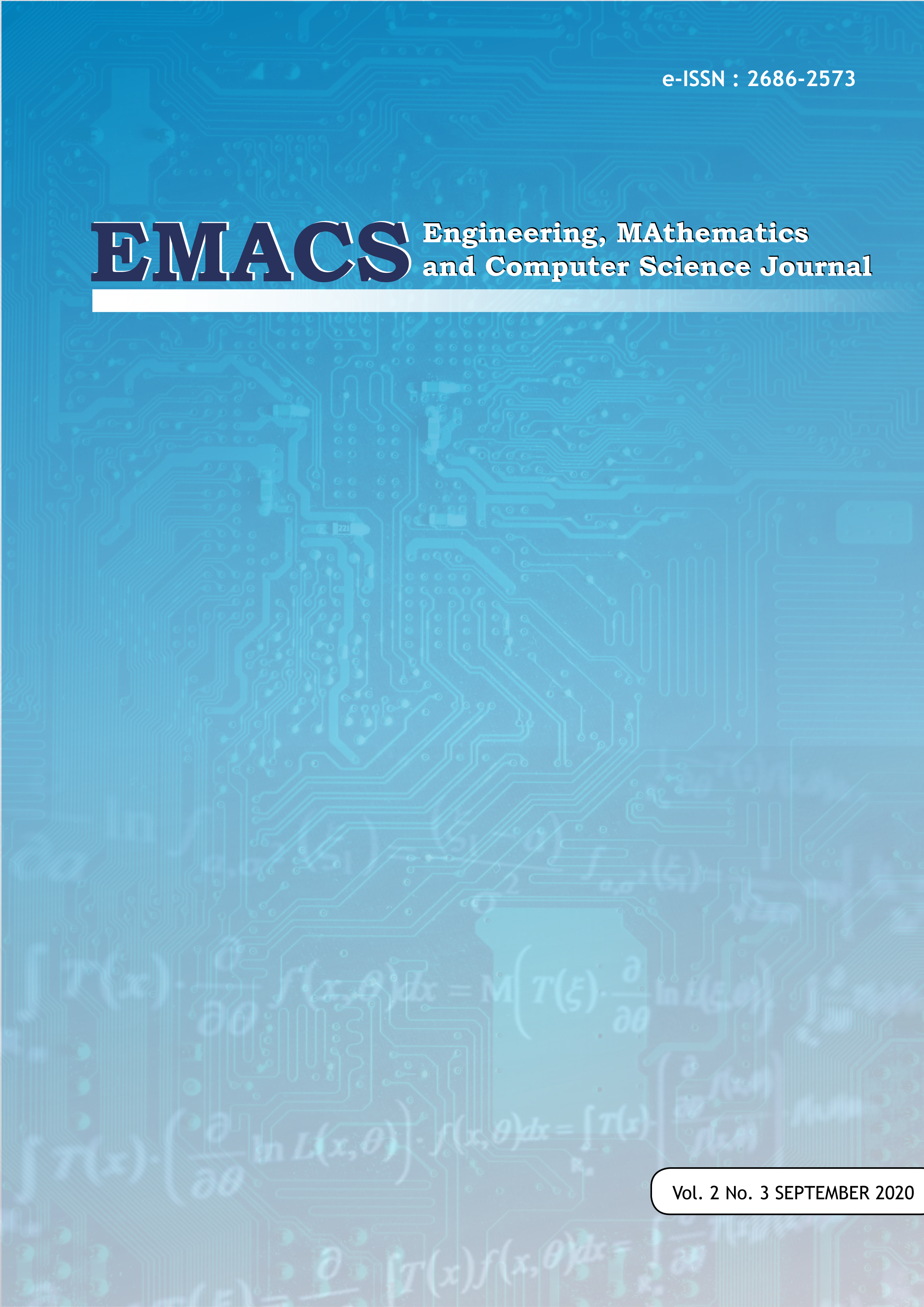Permodelan Materi Pengajaran Mata Kuliah Ergonomi pada Program Product Design Engineering
DOI:
https://doi.org/10.21512/emacsjournal.v2i3.6598Keywords:
Ergonomics, Product Design, EngineeringAbstract
The subject of Ergonomics serves as an important part on the education for Product Design Engineering, in which it sets the fundamental understanding for future engineers over the human aspect in engineered a new product. The teaching method of Ergonomics using theoretical approach, followed by laboratory practice to simulate the approach on improving a product or system from the human point of view as user. However, in the context of Product Design Engineering that seeks an output in form of a product solution the approach used in Ergonomics teaching may not be reaching the level of prototyping that can represent a tangible solution. This paper is discussing an alternate approach of applying Project-based model for teaching Ergonomics with aim to produce an output of conceptual product to materialize the Ergonomics improvement parameters resulted from the theoretical and laboratory practice approach initially conducted from the previous approach. The adoption of Design Thinking method into the teaching plan was being introduced as a mean of allowing a direct and practical way of leading the process up to prototyping phase and thus setting up a platform for further improvement. The case study was deducted from the teaching subject of Human-Integrated Systems class by utilizing the ongoing teaching plan as the media for introducing the new approach.
References
Brown, T., & Katz, B. (2019). Change by design: how design thinking transforms organizations and inspires innovation (Vol. 20091). HarperBusiness.
Chung, W.C., (2018), The Praxis of Product Design in Collaboration with Engineering, Switzerland: Springer.
Curedale, R., (2013), Design Thinking Process and Methods 5th Edition, USA: Design Community College, Inc.
Design Council of United Kingdom, (2020), Framework of Innovation, https://www.designcouncil.org.uk/news-opinion/what-framework-innovation-design-councils-evolved-double-diamond
Diderich, C. (2020), Design Thinking for Strategy: Innovating Towards Competitive Advantage, Switzerland: Springer.
Freivalds, A., and Niebel, B., (2013), Niebel’s Methods, Standards, & Work Design, Pennsylvania, USA: McGraw-Hill Education.
Karwowski, W., (2007), The Discipline of Ergonomics: Paradigms for Ergonomics, Science, Engineering and Design, Congress of International Ergonomics Association, Seoul, South Korea.
Moody, L., (2011), Learning by Doing: A Studio-Based Approach to Teaching Ergonomics and Human Factors, South Carolina, USA: ASEE South Eastern Section Conference.
NASA STEM Engagement, (2017), Engineering Design Process, https://www.nasa.gov/audience/foreducators/best/edp.html
Nessler, D., (2016), Revamped Double Diamond, https://www.dannessler.com/intro-process
Ulrich, K.T., Eppinger, S.D., Yang, M.C., (2019), Product Design and Development, New York, USA: McGraw-Hill Educatio.
Downloads
Published
How to Cite
Issue
Section
License
Authors who publish with this journal agree to the following terms:
- Authors retain copyright and grant the journal right of first publication with the work simultaneously licensed under a Creative Commons Attribution License - Share Alike that allows others to share the work with an acknowledgment of the work's authorship and initial publication in this journal.
- Authors are able to enter into separate, additional contractual arrangements for the non-exclusive distribution of the journal's published version of the work (e.g., post it to an institutional repository or publish it in a book), with an acknowledgment of its initial publication in this journal.
- Authors are permitted and encouraged to post their work online (e.g., in institutional repositories or on their website) prior to and during the submission process, as it can lead to productive exchanges, as well as earlier and greater citation of published work.
USER RIGHTS
All articles published Open Access will be immediately and permanently free for everyone to read and download. We are continuously working with our author communities to select the best choice of license options, currently being defined for this journal as follows: Creative Commons Attribution-Share Alike (CC BY-SA)





